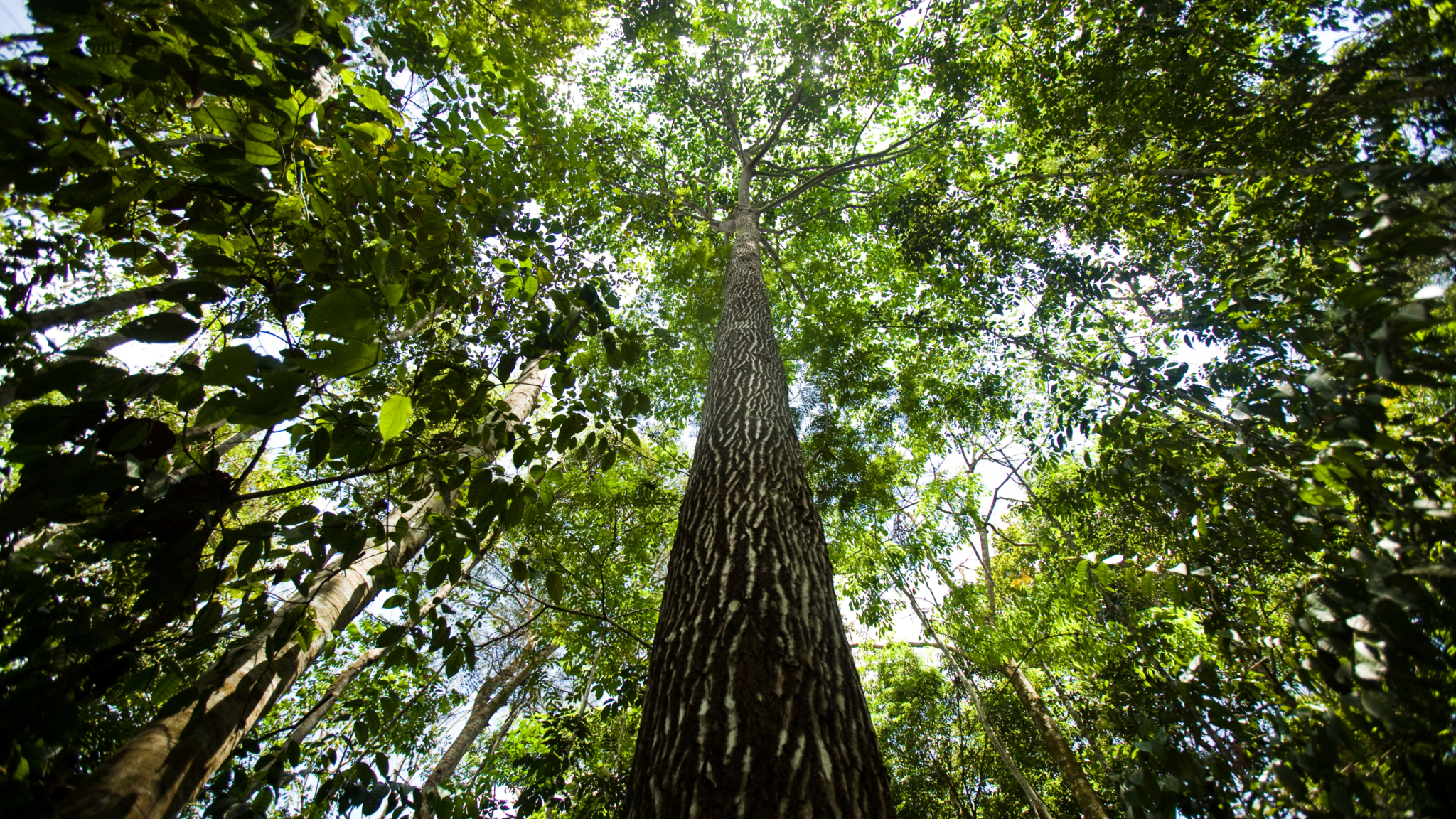
Soluções para Agroflorestas
A Quasar Space oferece para grandes e pequenos produtores, cooperativas, ONGs, comunidades e governo soluções eficientes de monitoramento de diferentes parâmetros de agroflorestas. As soluções digitais integradas por meio de análises inteligentes de imagens satelitais multiespectrais e de radar de abertura sintética (SAR) com alta resolução processadas em nuvem utilizando Inteligência Artificial permitem que diferentes recursos vegetais sejam identificados no meio de florestas, assim como a saúde da vegetação, estimulando o extrativismo vegetal e garantindo um eficiente monitoramento de emissão de gases do efeito estufa – indicador essencial para o mercado de crédito de carbono.
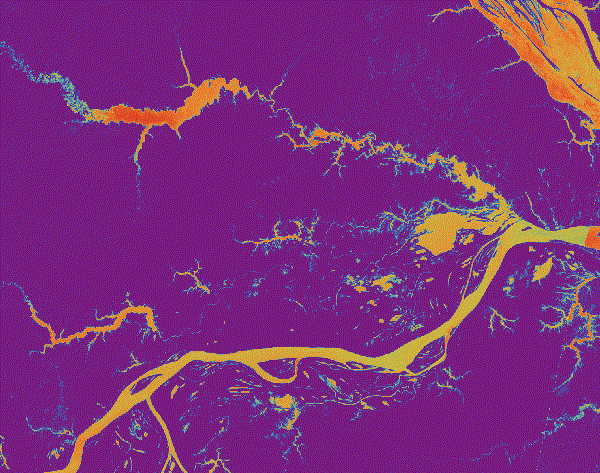
Mapeamento de Recursos
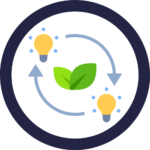
Identificação de Espécies

Monitoramento de Agroflorestas

Monitoramento da emissão de gases

Estímulo ao Extrativismo Vegetal

Verificação da Saúde
das Plantas

Seringueiras na Amazônia
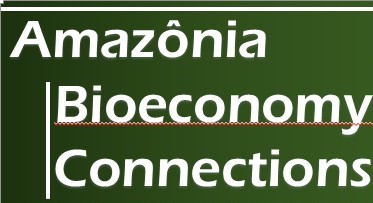
No ano de 2022, a empresa foi uma das 4 selecionadas (entre 87 concorrentes) pelo projeto Amazônia Bioeconomy Connections, uma chamada promovida pela Embaixada do Brasil em Berlim que objetivou facilitar o estabelecimento de parcerias entre iniciativas brasileiras voltadas para a bioeconomia no bioma amazônico e parceiros econômicos e técnico-científicos na Alemanha.
O Brasil é historicamente uma das figuras-chaves no mercado global de borracha: Entre 1879 e 1912, com a crescente demanda internacional por látex, a economia brasileira passou por um ciclo de intensa exploração e extração de borracha, sendo a região amazônica a maior produtora mundial.
O mercado da borracha é expressivo, movimentando mais de R$ 28 bilhões anualmente no Brasil. Porém, com a virada do século, a competição com os seringais asiáticos começou a afastar o mercado global da borracha brasileira. Atualmente, menos de 35% do látex produzido é nacional (aproximadamente 180 mil toneladas), sendo que apenas 1% da produção nacional vem dos estados brasileiros que abrigam a floresta amazônica. Mais de 65% da demanda brasileira é importada de países asiáticos, sendo que a Tailândia, Indonésia e a Malásia são responsáveis por 70% da produção mundial de borracha, em um mercado que deve crescer para US$ 51 bilhões até 2028.
O grande problema da seringueira na região amazônica é que o clima úmido intensifica a propagação do fungo Microcyclus ulei, responsável pela redução consideravelmente da extração do látex. Identificar quais árvores estão contaminadas com o fungo permite que os moradores da região tratem cada espécime separadamente e, assim, garantam maior produção. O custo do tratamento do fungo é de aproximadamente R$ 0,80 por seringueira e não tem impacto ambiental por ser um composto natural.
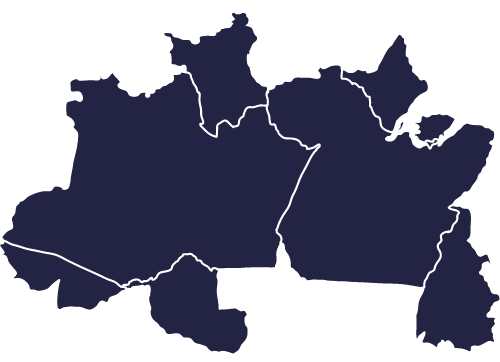
Dessa forma, incentivar a produção nacional estimula o setor, desenvolve a região extrativista e consequentemente abastece os cofres públicos. O estímulo ao extrativismo do látex também reduz o interesse pela agricultura e pecuária predatória, auxiliando na redução das taxas de desmatamento. Por fim, a seringueira também proporciona elevados ganhos ambientais, por ser uma das plantas mais eficientes no controle do efeito estufa, além do grande potencial para a preservação de nascentes e para a recuperação de solos degradados, permitindo a manutenção de vegetação natural entre as fileiras de plantio. Segundo estimativas, cada hectare de floresta tem capacidade para neutralizar 270 toneladas de dióxido de carbono em um período de 20 anos. Algumas culturas têm maior capacidade de absorção e, no caso das seringueiras, cada árvore pode capturar, em média, até 150 quilos de CO2.
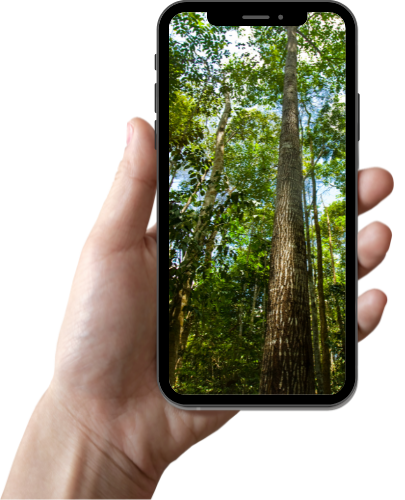
Neste contexto a Quasar Space apresentou o seu projeto de monitoramento de seringueiras na região Amazônica. A empresa fornece informações geográficas e mapas baseados na distribuição das seringueiras na região amazônica, bem como indicadores individuais de saúde de espécimes dessas árvores obtidos por meio de imagens multiespectrais e de SAR, disponíveis para usuários finais tanto nem uma plataforma web quanto via IOS/Android.
Com a localização precisa e o monitoramento da sanidade das seringueiras, aumenta-se a produtividade na extração do látex, proporcionando às pequenas comunidades e famílias que têm a extração da borracha como fonte de renda, o conhecimento necessário para fortalecer o extrativismo local.
No momento esta iniciativa está sendo expandida em escopo para abranger diferentes espécies de plantas e atividades econômicas, como monitoramento da produção de açaí e mapeamento das populações de cacau, expandindo o mercado-alvo para abranger uma gama mais ampla de extrativismo amazônico, bem como negócios na produção de alimentos e indústrias farmacêuticas amazônicas.

